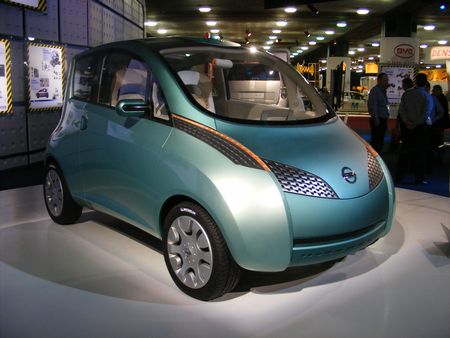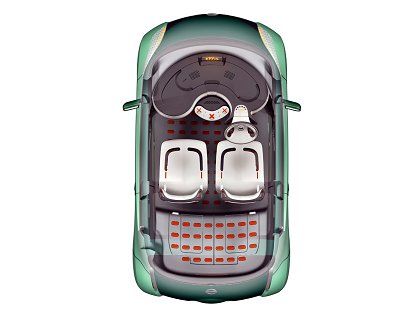The Ferrari 430 Scuderia is already one of the hottest-performing supercars on the market, but some people just don't know how to leave well enough alone. Some of those people work at Ferrari, who've worked tirelessly on the 458 Italia to supplant the 430's already legendary performance. And some of those people work for Novitec Rosso, who've come back yet again with another mod job for the Italian stallion.

2013 Novitec Rosso Super Sports Cars Edizione 747 Bi-Compressor Engine
It takes its name from its rated power output of 747 horsepower: To mark the farewell of the Ferrari 430 Scuderia, NOVITEC ROSSO presents the Edizione 747. The world’s leading tuner of the super cars from Maranello turns the lightweight model into one of the most powerful super sports cars of our time. And with its matte yellow and grey paintjob it is also one of the most spectacular-looking cars of our time.

Called the Edizione 747, the custom Scuderia may not be as big as a jumbo jet, but it packs nearly as much thrust. Strapping a pair of superchargers to that high-revving 4.3-liter V8, along with a few more tweaks here and there, brings output up from an impressive 510 horses to a bonkers 747 horsepower. Intercoolers and revised aerodynamic cooling keep the engine running cool.

Twenty-inch NF3 rims wear Michelin Pilot Sport Cup rubber mounted to sport springs that drop the ride height by a further 30 milimeters, available with an adjustable front end that can lift 40 mm to clear curbs and speed bumps at the touch of a button. Novitec's also decked out this particular example with a two-tone yellow and matte black paint scheme, and given the interior a few mods to complete the package.

At the heart of this special model lies the 2013 new NOVITEC ROSSO 747 Bi-Compressor engine that boosts power output of the V8 that normally produces 510 hp / 375 kW by 237 hp / 174 kW. Driving performance improves accordingly: With a sprint time for 0 – 100 km/h of less than 3.4 seconds, 9.4 seconds to 200 km/h and just 22.9 seconds to 300 km/h the NOVITEC ROSSO model is the most powerful and quickest Scuderia in the world. Just as impressive is the top speed of 351 km/h.

The Edizione 747 specification is the ultimate high-end version and is limited exclusively to the Berlinetta model of the Ferrari 430 Scuderia. The layout of the engine conversion corresponds to all NOVITEC ROSSO Bi-Compressor conversions for the mid-engine sports car. Each cylinder bank is fitted with an intercooler and a cogged-belt-driven high-performance supercharger with a maximum boost pressure increased for this version to 0.53 bar.

The intercooling system features its own dedicated water circuit. The radiator of the system is located behind a special centrally placed air duct in the front apron. To guarantee perfect durability even under high ambient temperatures the conversion also includes more effective radiators for water and oil.

The result of this labor is a unique symbiosis of superior power and excellent running smoothness. With a rated power output of 747 hp / 549 kW at 8,500 rpm the NOVITEC ROSSO Edizione 747 Bi-Compressor engine surpasses its naturally aspirated brethren by 237 hp / 174 kW. The increase in torque from standard 470 Nm to 738 Nm at 6,300 rpm represents an enormous plus in low-speed power.

As a tribute to the outgoing Ferrari 430 Scuderia, Novitec Rosso has unveiled its new Edizione 747. As the name suggests, the V8 engine has been upgraded with a bi-compressor to produce a total of 747-hp with a maximum torque of 544 lb-ft. 0-62 mph comes in just 3.4 seconds while 0-124 mph takes 9.4 seconds. To speed comes in at 218 mph. Novitec also threw in a new intercooling system that features its own dedicated water circuit and is given a maximum boost pressure figure of 0.53 bar.

To lend the Scuderia better suitability for everyday use despite the lowering NOVITEC ROSSO offers an innovative hydraulic lift system for the front axle. At the push of a button in the cockpit the front is raised by 40 millimeters. It allows drivers to safely navigate parking ramps, low curbs and speed bumps.

After safely passing over the obstacle, another push of the button reverts the suspension to its original position. If the button is not pushed the front end reverts to its original position automatically once the car reaches a speed of 80 km/h.



































